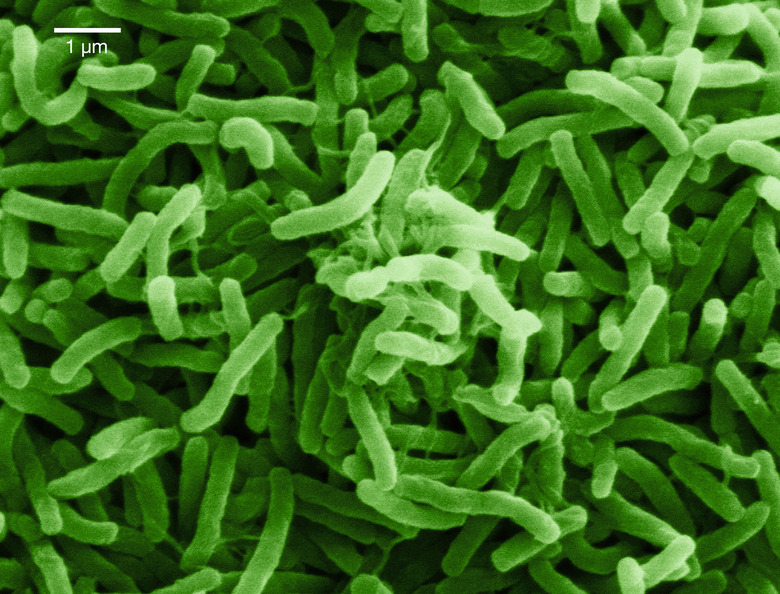Beyond Coronavirus: 5 Disease Epidemics From Throughout History
With over 7,700 cases of Coronavirus reported already worldwide, this new disease is spreading at a concerning rate. However, it's far from the first epidemic that's taken lives and spread rapidly throughout the world.
This post will look at some of the most serious disease epidemics from throughout history.
1. The Bubonic Plague
1. The Bubonic Plague
The bubonic plague, also known as the black plague, was a disease epidemic that killed over 20 million people in Europe in the 1300s. That amounts to about one-third of the entire continent's population.
The bubonic plague, once extremely deadly an dangerous, is now rare and can be easily treated with modern antibiotics. The disease itself was caused by a bacterial infection of the Yersinia pestis bacteria, but this wasn't discovered until the 19th century.
The bubonic plague is spread by fleas that bite rodents and then those rodents spread the disease to humans through bites.
The symptoms include fever, chills, and headaches along with fatigue and weakness. As it progresses, the lymph nodes in the arms, neck, and groin swell painfully. These are called "buboes". Without treatment, the bacteria spread throughout the body to cause nausea, vomiting, internal bleeding, gangrene, weakness, and, eventually, death.
2. 1918 Flu Pandemic
2. 1918 Flu Pandemic
The flu is one of the most deadly diseases in the current day with 80,000 people dying of the flu in 2018 (and that's just in the US).
The 1918 flu pandemic was one of the deadliest breakouts of the virus in all of history. The specific virus is H1N1 with gene analysis suggesting that it was initially spread via birds.
Spreading of the virus occurred in 1918 to 1919. While no origin has been discovered, it quickly spread worldwide and resulted in an estimated 50 million total deaths, 670,000 of those from the United States. Thanks to the lack of antibiotics from the secondary infections and the lack of other treatment methods, this was a particularly deadly outbreak.
3. Cholera
3. Cholera
Cholera has had multiple deadly outbreaks throughout history, but the worst was the sixth epidemic that occurred in the years 1910-1911.
Cholera is an extremely deadly bacterial disease (of the bacteria Vibrio cholerae) that spreads through contaminated water. It results in severe diarrhea and vomiting that results in life-threatening dehydration and, if left untreated, it leads to death.
It used to be very common in the US in the 1800s and earlier before hygiene and sanitation practices resulted in accessible clean water. The outbreak of 1910-1911 originated in India but quickly spread around the world and resulted in over 800,000 deaths.
4. Smallpox
4. Smallpox
Other symptoms include:
- severe headache
- abdominal pain
- vomiting
- nausea
- diarrhea
- eventual death
While vaccines were developed, there is no treatment for smallpox. Since eradication, there have been no reported cases, and stocks of the virus exist in secure vaults in the US and Russia.
5. Ebola
5. Ebola
Ebola is a rare virus that has a whopping 50 percent fatality rate. While it is rare, an outbreak in the years 2014-2016 claimed the lives of over 11,000 people and infected over 28,000 people.
Similar to other diseases on this list, ebola begins as a very flu-like illness. However, it quickly worsens to severe diarrhea, vomiting, abdominal pain, and aches and pains. It eventually leads to internal bleeding that can cause severe nosebleeds, bleeding out of the ears, eyes, and rectum.
Any number of these symptoms can result in death, which makes it one of the most painful and horrible diseases on this list, despite of how recent this virus emerged.
References
- New York Times: More Than 7,700 Cases of Coronavirus Recorded Worldwide
- History: Black Death – Causes, Symptoms & Impact
- Web MD: Bubonic Plague
- Stat News: CDC – 80,000 People died of flu last winter in U.S., highest death toll in 40 years
- CDC: 1918 Pandemic (H1N1 virus)
- Web MD: Cholera – Causes, Symptoms, Treatments
- SA Health: Smallpox
- CDC: History of Smallpox
Cite This Article
MLA
Walsh, Elliot. "Beyond Coronavirus: 5 Disease Epidemics From Throughout History" sciencing.com, https://www.sciencing.com/disease-epidemics-from-throughout-history-13724480/. 2 February 2020.
APA
Walsh, Elliot. (2020, February 2). Beyond Coronavirus: 5 Disease Epidemics From Throughout History. sciencing.com. Retrieved from https://www.sciencing.com/disease-epidemics-from-throughout-history-13724480/
Chicago
Walsh, Elliot. Beyond Coronavirus: 5 Disease Epidemics From Throughout History last modified March 24, 2022. https://www.sciencing.com/disease-epidemics-from-throughout-history-13724480/
